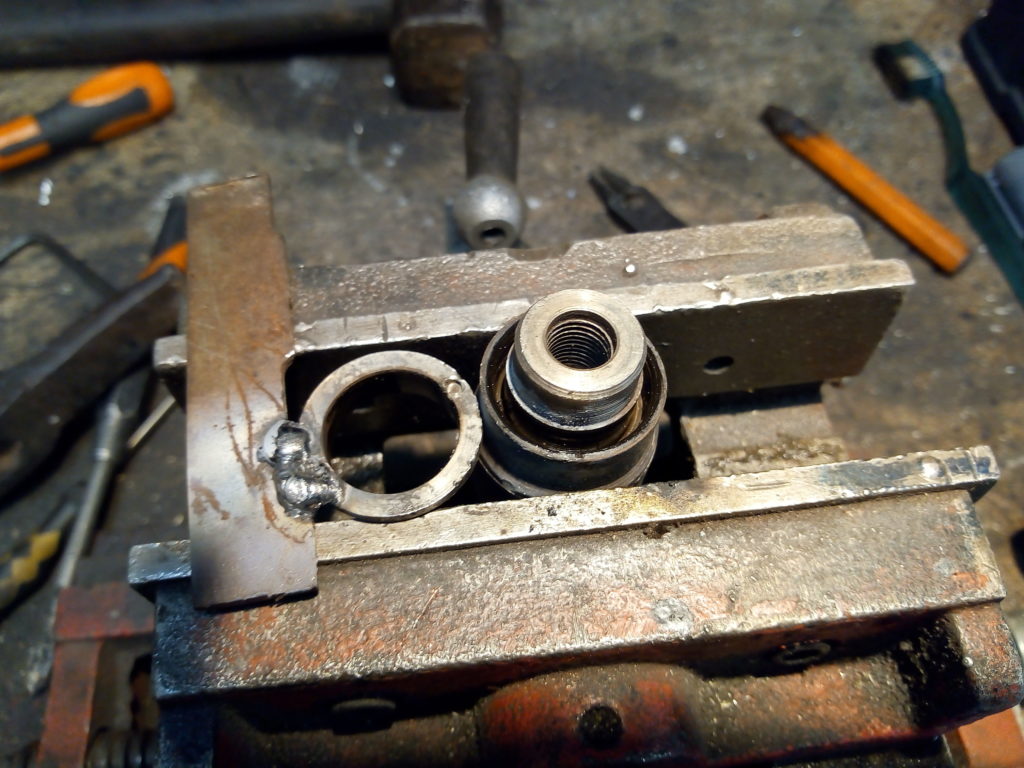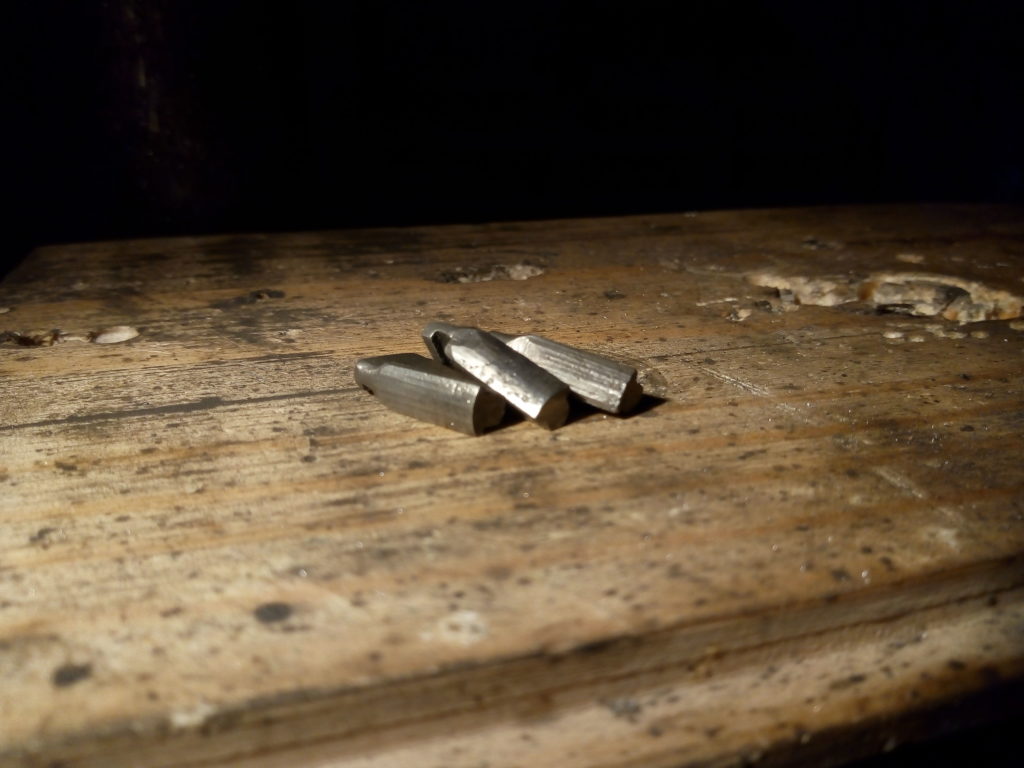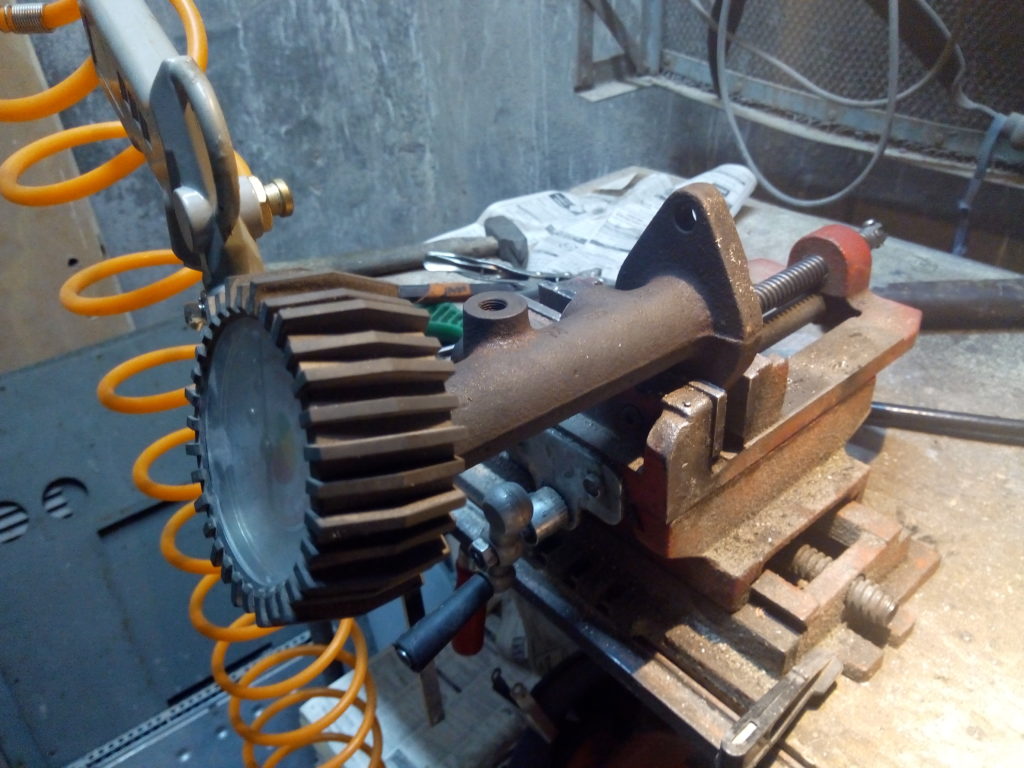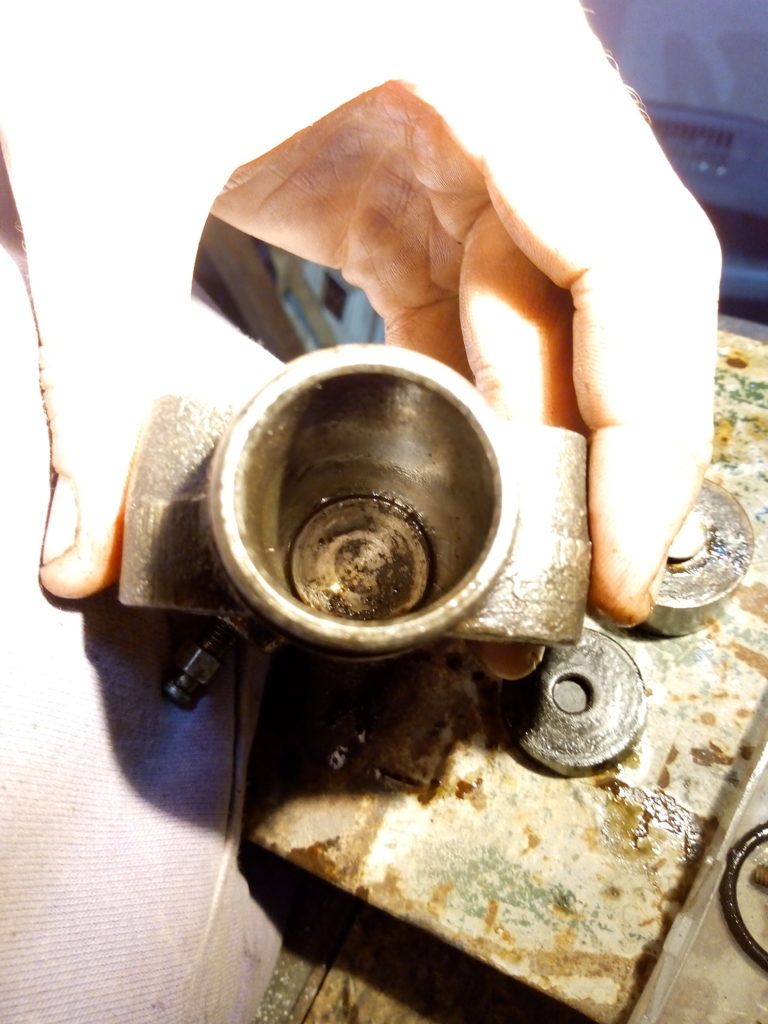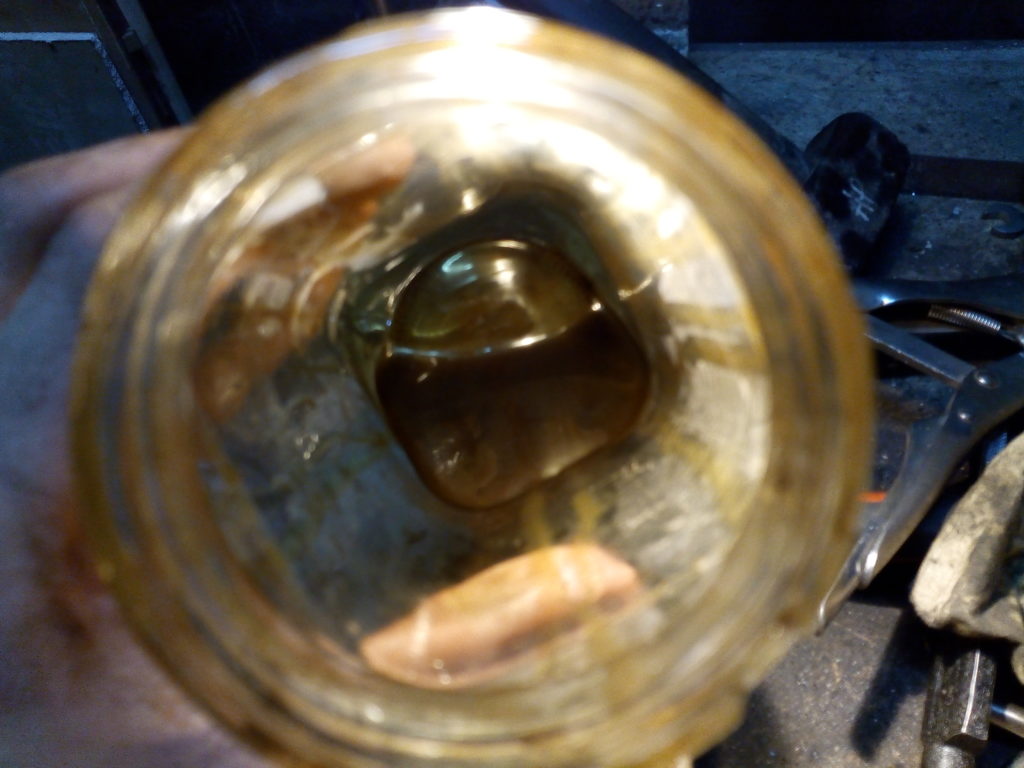This year I haven’t read as many books as others at this point.
My list so far has:
- “Las neuronas de Dios” by Diego Golombek
- “Effetti personali” by Francesca Duranti
- “Blonde’s requien” by Raymond Marshall / James H. Chase
- “The terminal Man” by Michael Crichton
- “La Mala Fama” by Benchi Calligo
- “La Otra Orilla” by Raúl Filgueira
- “Sacrificios en Días Santos” by Antonio Dal Masetto
- “Justine, or The Misfortunes of Virtue” and “La Marquise de Gange” by Donatien Alphonse François de Sade. Horrible Spanish translations. The ones I remember in English were better but I should try next time with the original in French.
And on the queue:
- “Consciousness and the Brain” by Stanislas Dehaene
- “The Psychology of Selling”, “Master Your Time, Master Your Life”, “Kiss that Frog” and “Eat that frog!” by Brian Tracy.
- “What Color Is Your Parachute” by Richard Bolles.
- “Management – Tasks, Responsibilities, Practices” by Peter Drucker
- “Tras la crisis, El nuevo rumbo de la política económica y laboral en Argentina y su impacto” by Damill, Frenkel y Maurizio














